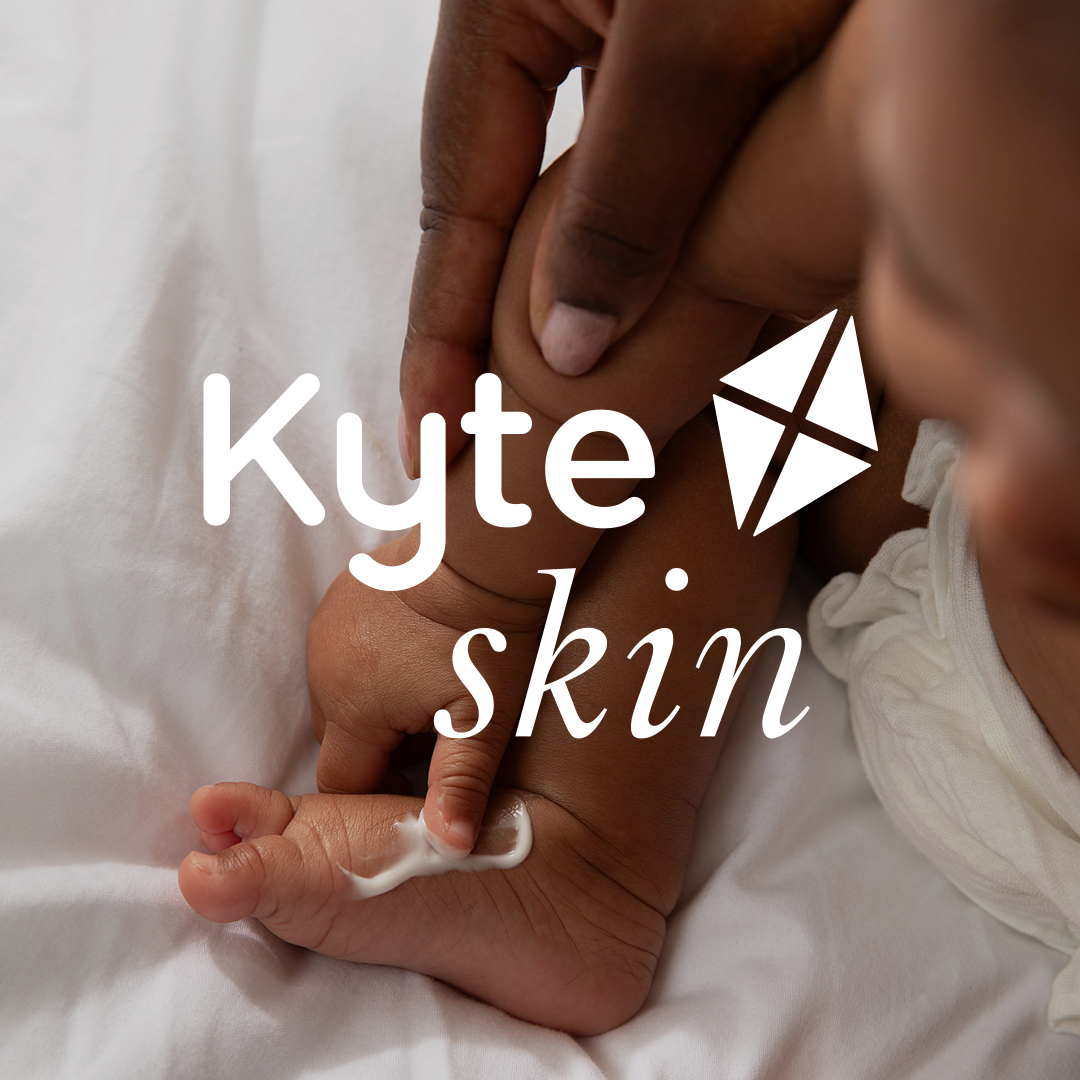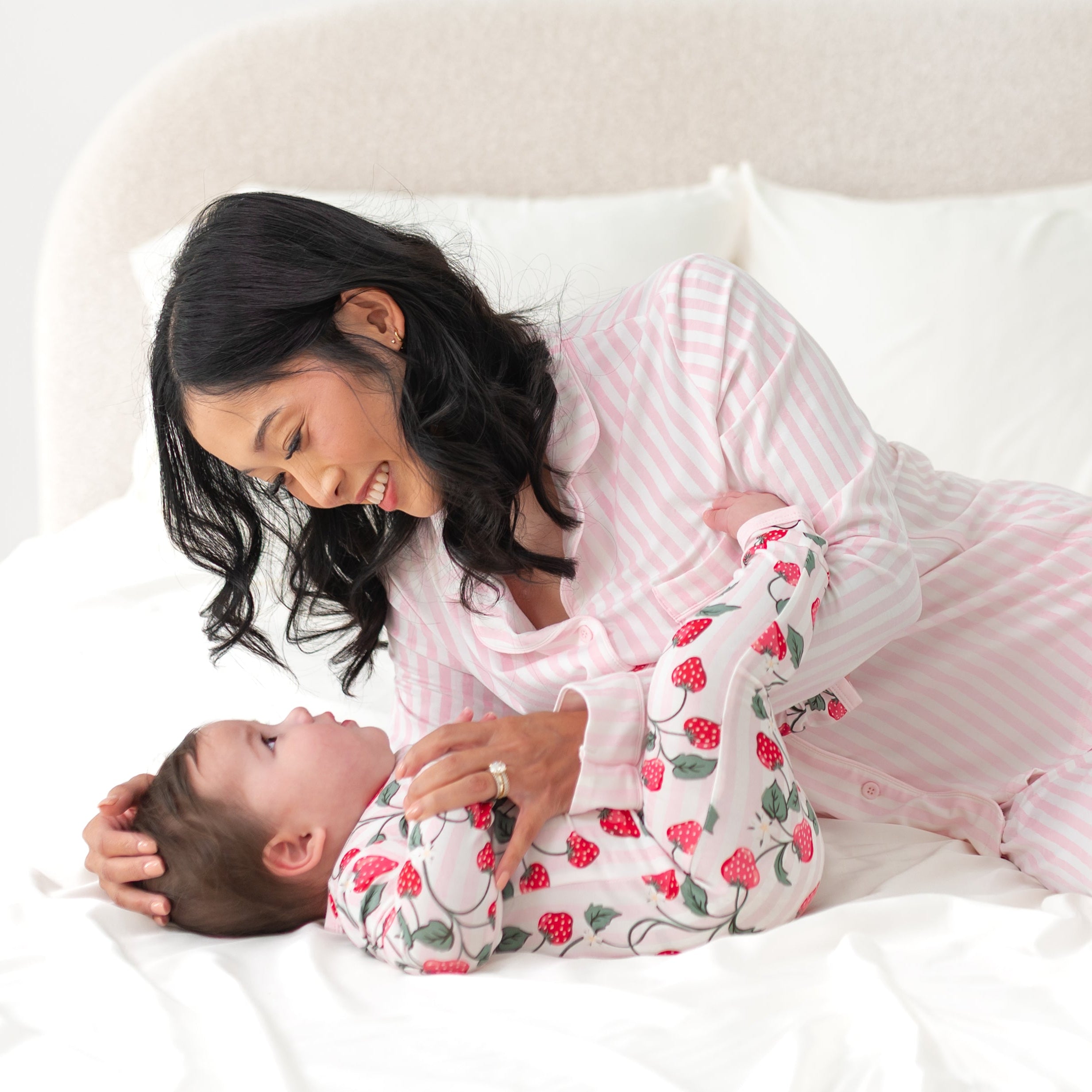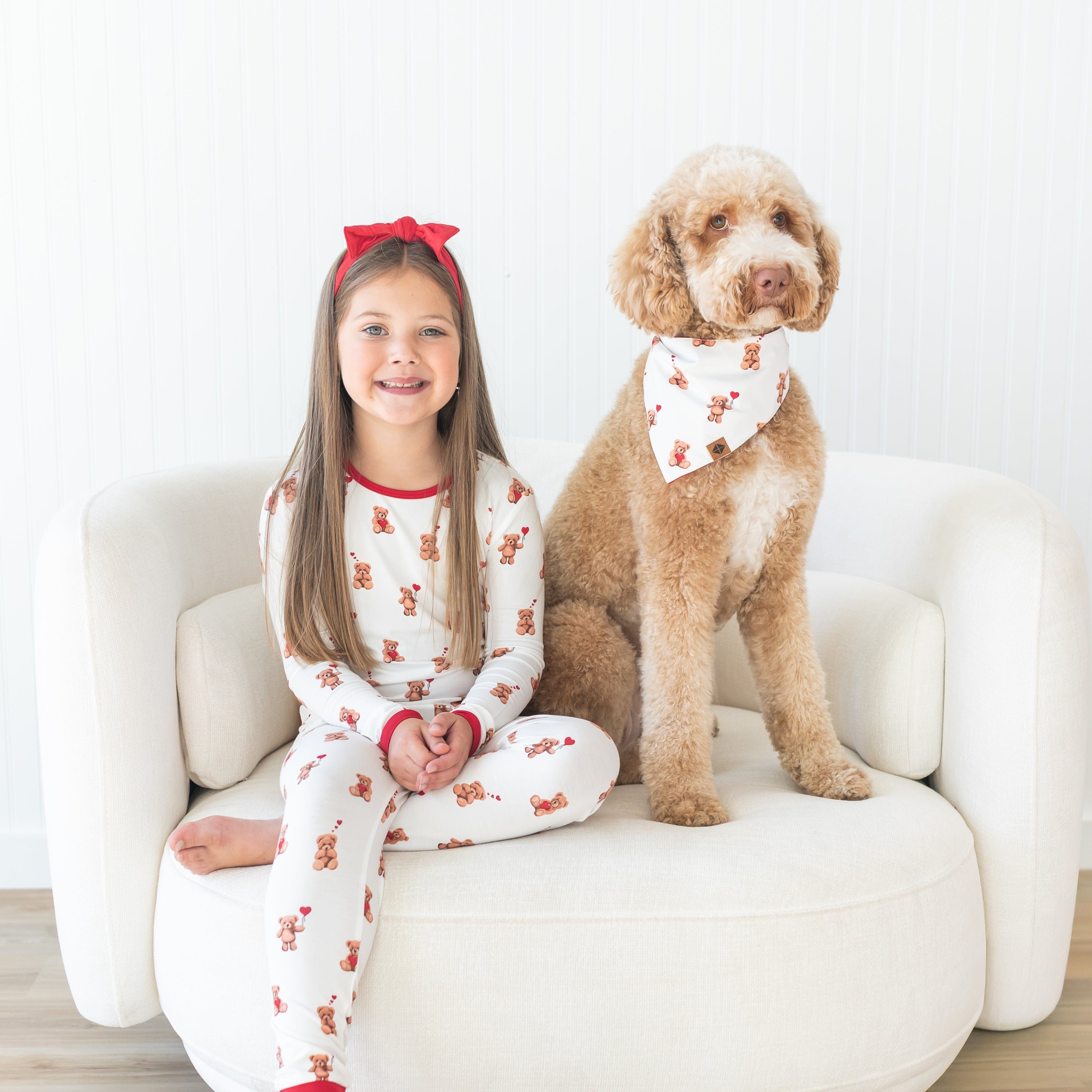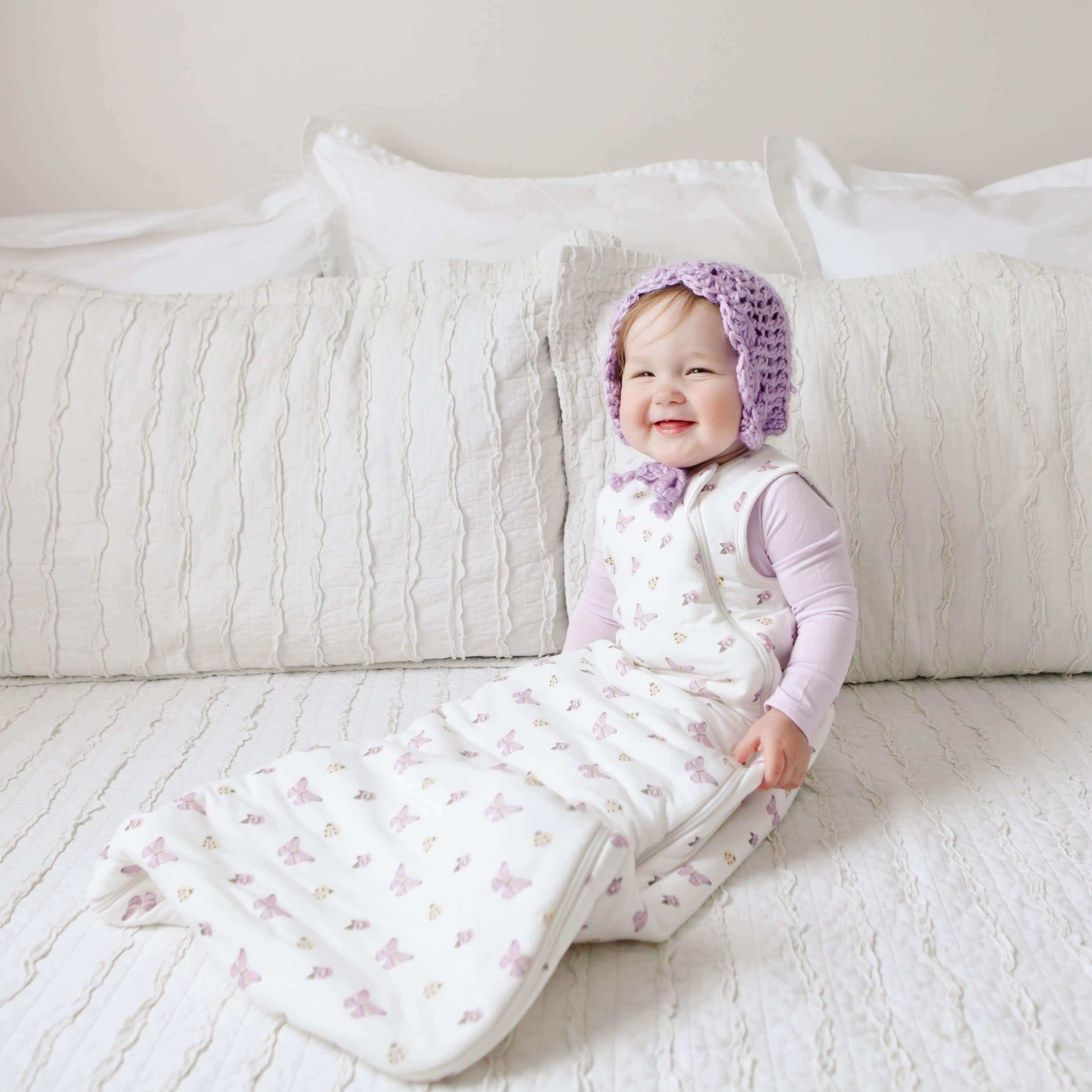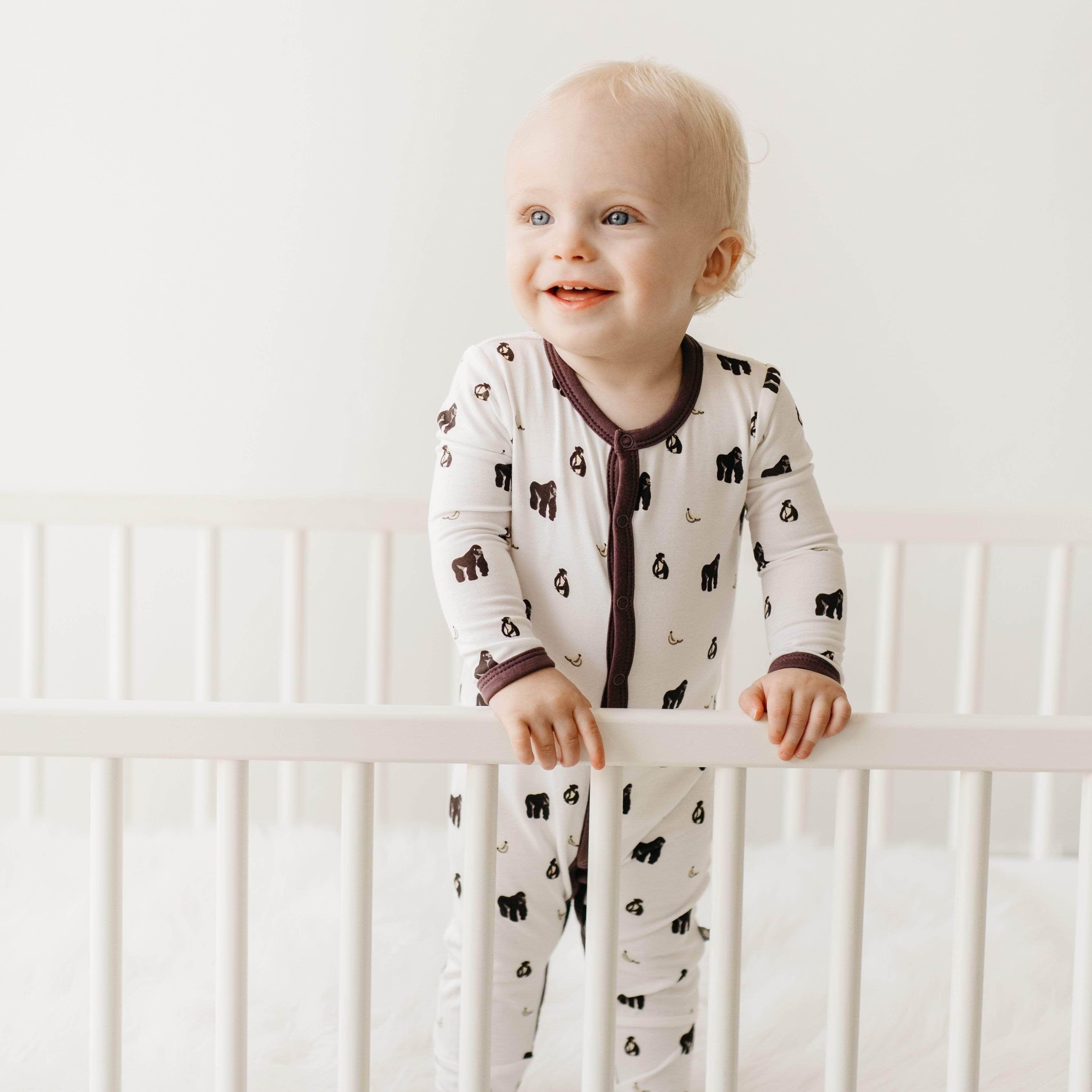Four months, six, or even 12 months? Before or after sleep training? There are many questions surrounding when and how to move your baby to their own room. After all, you want them to be as safe as possible and to not undue all of the good sleep habits you’ve hopefully established. So, when and how do you do it?
The Benefits of Room Sharing
From the moment you first hold your newborn in your arms, you’re going to find it hard to put her down let alone have her sleep in a different room than you. Fortunately, it’s highly recommended that you share a room with her for many reasons. Those Kyte BABY crib sheets and teddy bears that you took six months to paint on the nursery walls will have to wait.
Breastfeeding mamas will find room sharing easier as baby will be more ‘conveniently located’ for those late night feedings. You will also have your partner close at hand if a diaper change turns into an all hands on deck mop-up session in the twilight hours. Having your newborn close by will further enhance that deep bond that all mothers are looking for with their children, but the ultimate benefit is SIDS prevention. Room sharing in young babies can significantly decrease the risk of SIDS because parents are more in tune with their baby’s sleep habits. Also, the presence of other people in the room can keep babies from entering that deep sleep that is such a contributor to SIDS deaths in infants.
Room Sharing Downfalls
With all the benefits of room sharing mentioned above, why would any mom ever want their baby to move to his own room? The fact of the matter is as baby gets older it gets harder and harder for both parties to sleep. As your baby becomes more aware of his surroundings suddenly having other people in his sleeping space becomes more of an alarm clock than a soothing music machine. Also, mom and dad need to start getting better sleep too so that they can provide the best care for baby outside of the night hours. And let’s face it, everybody wants and needs their own space sometimes.
As babies get older and parents get sleepier, room sharing can make it more likely that unsafe sleeping practices occur. Things, like bringing baby into their bed or giving her blankets and stuffed animals to sleep with, are more likely to happen when your baby is sleeping in your room.
When to Make the Transition to Your Baby’s Own Room
The American Academy of Pediatrics recommends that babies share a room with their parents for at least six months, preferably a year. This is mostly to help decrease the risk of SIDS. This is a long time! Some of us can’t fathom sharing our room with our sweet baby for that long and experts agree. It important to consider more into this equation. Every baby is different, but most babies are ready to move to their own room when they start sleeping for longer stretches of six hours or more at a time. Any less than that and it’s probably easier to keep him in your room.
Babies that are growing well and don’t require as many night time feedings are also better candidates for sleeping in their own room. If your baby is rolling over or outgrowing her bassinette, it may be time to safely move her to a crib in her own room. Also, consider where her room is in relation to yours in your house. If your rooms will be close by, the transition can happen sooner than if rooms are on opposite floors or opposite ends of the house.
Some experts are saying to that in order for parents and babies to get their best sleep, infants should move to their own room between four and six months old. After four months of age, room sharing can actually have a detrimental effect on how long an infant sleeps during the night. Also, after six months of age babies are more aware of their surroundings and the transition may actually be harder on them.
Tips to Make Your Baby’s Room Transition Smoother
Before moving your baby to her own room, make sure it’s set up for safe sleeping. The AAP outlines crib standards including mattress size and bar spacing. You should also have a snug fitting Kyte BABY sheet and no bumpers, pillows, blankets, or toys in the crib. Also, make sure the temperature is regulated and you have a video or at least an audio monitor to keep track of your baby’s sleep.
Help your baby get used to her new room by letting her first start taking naps there. Once her room has been established as a comfortable spot for sleeping you can move into having her spend the night there as well. Make sure to stick with your original bedtime routine, or modify it to better fit this new space, then stick with that routine.
If it doesn’t work right away, don’t be discouraged. Just take a step back and try again next week. It may also make you feel better to spend a night or two in your baby’s new room so that you both sleep better. No matter when your baby makes the transition to his own room, there are going to be periods of setback and sleep regression. Just take a deep breath, put a smile on your face, kiss your sweet babe, and try again next time.
Moving your baby to her own room can be a stressful time for parents and infants alike. There is no set age when you need to do this but there are some recommendations to consider. While room sharing is very beneficial during the early months, you may find that both you and your baby sleep better later on in your own rooms. When deciding when to make the transition talk with your healthcare provider and decide what’s best for everyone’s sleep and safety.

